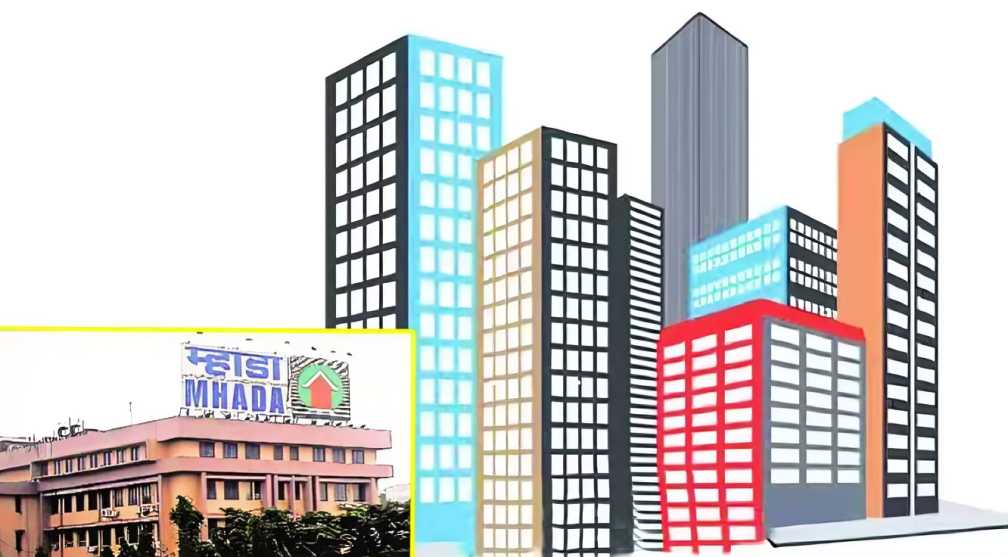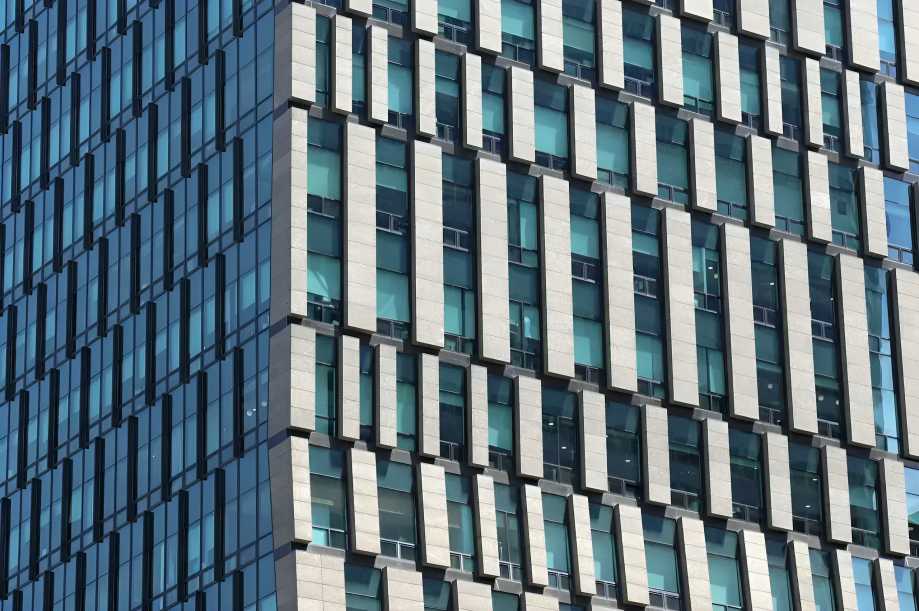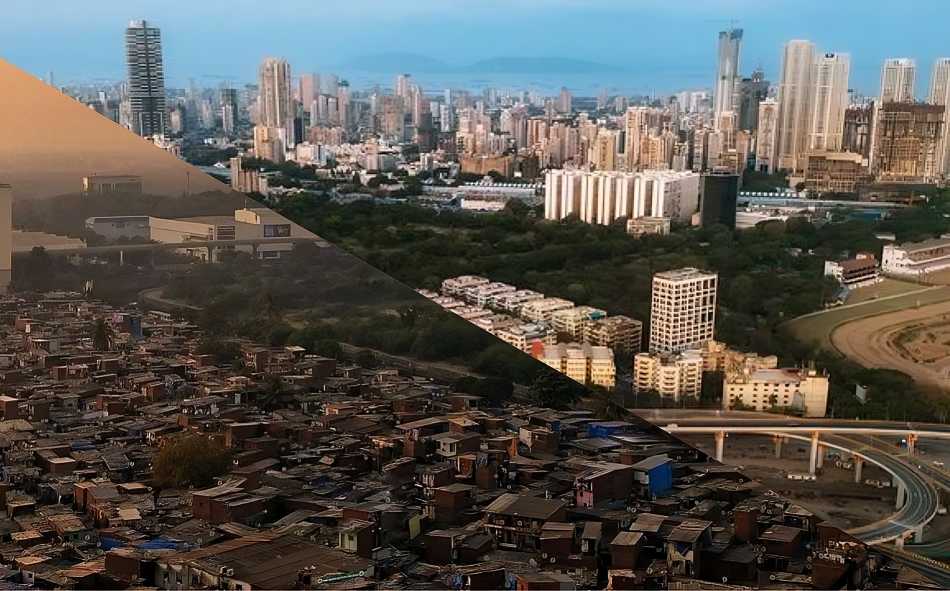July 11, 2025: Mohan Lal Jain, a 71-year-old scrap dealer, has lived in Mumbai’s Dharavi for nearly 50 years. Decades ago, his shop was demolished for a water pipeline and he was offered compensation in the form of a shop in Kandivali — 23 km away. “I haven’t made a profit there,” he says. Today, history seems poised to repeat itself, as officials have marked his Kandivali premises under the Dharavi Redevelopment Project (DRP), leaving him uncertain about his future. “No one has surveyed my house. My wife and I don’t even know if we’ll have a roof over our heads.”
The Maharashtra government’s ambitious plan aims to transform Dharavi’s 620 acres into a modern enclave. Executed by Navabharat Mega Developers Private Limited — a joint venture of the Adani Group and the Slum Rehabilitation Authority — the project promises formal housing and commercial opportunity. But it excludes nearly one lakh residents, citing lack of documentation, many of whom may be relocated to places like Deonar’s dumping ground.
Deonar is Asia’s largest landfill, home to over 18.5 million tonnes of waste and daily emissions of over 6,200 kg of methane. Local residents frequently report illnesses including TB, respiratory ailments, and cancers. A BMC study in May 2025 found severe water and air contamination.
Plans for a Waste-to-Energy plant nearby have intensified fears. Experts argue such plants release harmful toxins unless strictly regulated — a difficult task in already neglected areas.
“Development must not compromise dignity,” says activist Shaikh Faiyaz Alam. For residents like Jain, the fear is clear: relocation to toxic zones is not rehabilitation — it’s displacement with grave consequences. “We want development,” he says, “but only if we can remain in the community we’ve built our lives in.”
Source: Mongabay





